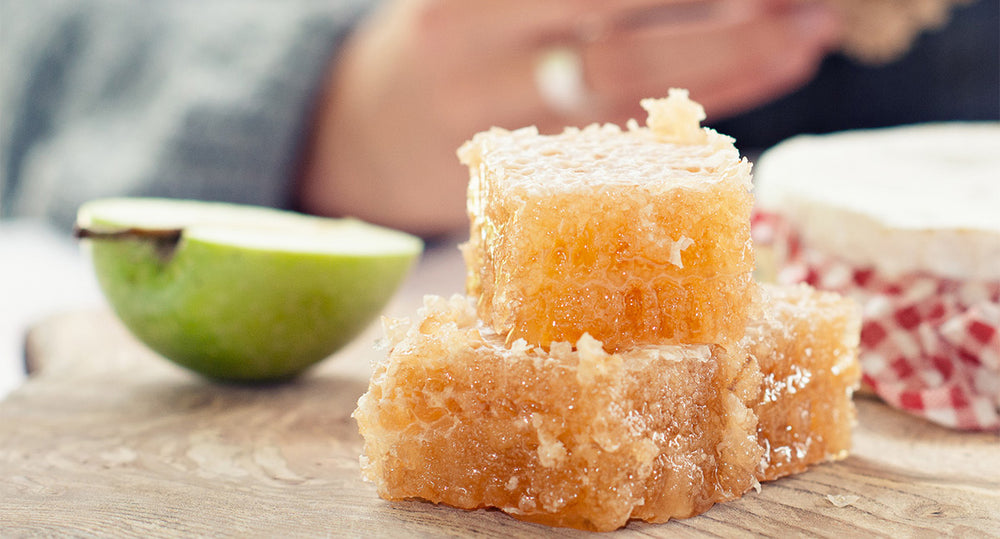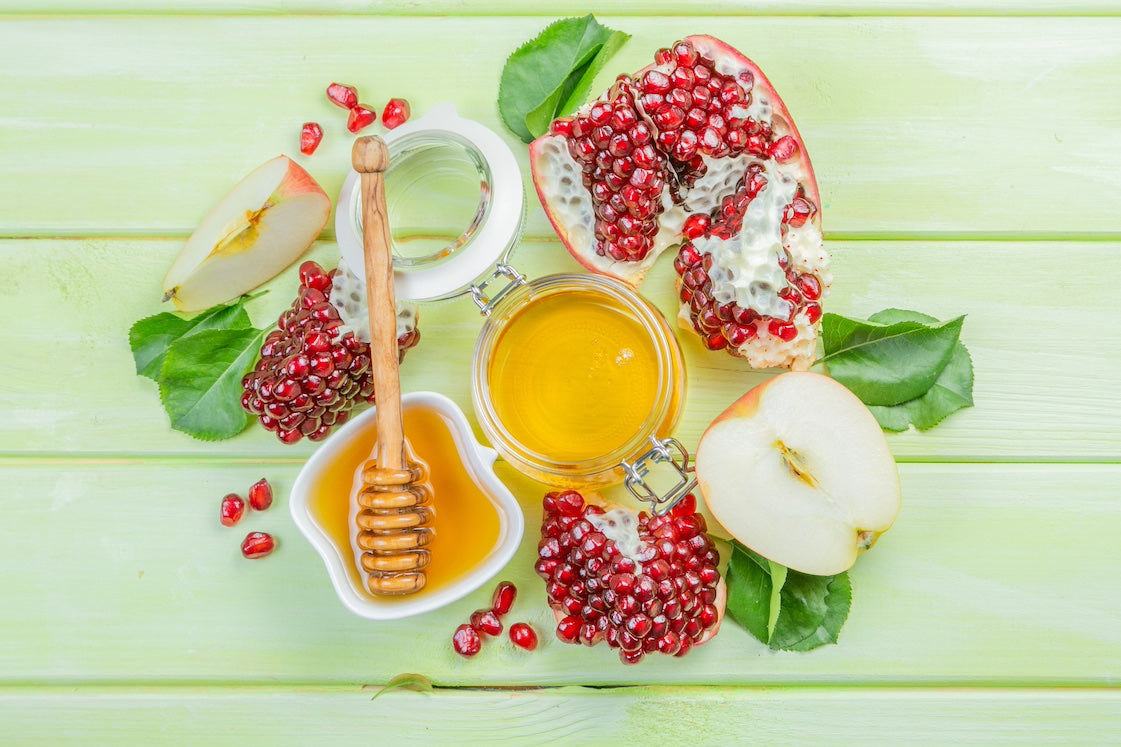Antioxidants seem to be everywhere, from blueberries and broccoli, to goji berries and kale. Citrus fruit and spices, even dark chocolate and red wine. But what exactly are they? And what do they do? Why is a diet rich in antioxidants so healthy?
High quality, active healing honey such as the Jarrah and Marri honeys here at Necta & Hive, is also rich in antioxidants. So we thought we’d give our lowdown on antioxidants, how they benefit the body and why honey is a superfood in its own right.
To understand antioxidants and how they work, we need a chemistry lesson – don’t worry, we’ll keep it brief… But before we talk about antioxidants, we need to understand free radicals.
What are free radicals?
Free radicals are unstable molecules of oxygen that have lost an electron from their outer ring (talking in chemistry terms). They move around the body, looking for a stable oxygen molecule to “steal” an electron from, thus creating a different unstable free radical, and so on.
Free radicals are introduced to the body via a poor diet high in saturated fat, salt, sugar and ultra-processed foods (UPFs), excessive alcohol consumption, smoking, stress and breathing in environmental toxins and pollution. But we can’t escape them, even if we lived a 100% virtuous and calm life - everyday biological functions such as breathing and digestion create free radicals.
In some ways, free radicals are helpful. For example, the immune system uses a certain amount of them to fight infections. But balance is key. Too many free radicals, and we risk developing serious diseases such as type 2 diabetes, heart disease, Alzheimer’s’ disease and even some cancers. And this is where antioxidants come in.
The importance of antioxidants
Antioxidants help to “mop up” or neutralise free radicals. Without antioxidants, the balance of free radicals will tip, and this can lead to a condition called oxidative stress. If left unchecked, oxidative stress can cause damage to our DNA and cells, and even cellular death. We’re then at best susceptible to premature ageing, and at worst, serious disease.
The human body produces its own antioxidants, but it needs help from our diet, as it does for many of the nutrients that keep us healthy and alive.
Eating the rainbow, drizzled with a little honey…
Vitamins C and E are known as antioxidant vitamins as they have antioxidant properties. But other, less well known antioxidants include the polyphenols found in plants. Each differently coloured plant-based food, such as oranges, berries, carrots and dark, leafy greens, contains a different type of polyphenol antioxidant. Hence the saying, eat the rainbow.
Consuming a diet rich in a wide variety of fruits, vegetables, pulses, beans, peas, nuts and seeds is therefore beneficial for health in terms of providing vitamins, minerals and antioxidants. Green tea and coffee are also rich in polyphenols. (Meat and other animal based products do contain antioxidants, but to a lesser extent than plant-based foods. Just be sure to opt for lean meats such as chicken and turkey breast, to avoid consuming too much saturated fat.)
Plus of course, active, healing honey is also extremely rich in antioxidants and has been proven to support the immune system!
Free radicals, honey and the immune system
The cells of the immune system in particular are at risk of free radical damage, which is why eating our five antioxidant-rich fruits and vegetables a day is so important for immune health along other things.
Therefore, adding a spoonful of Necta & Hive Jarrah TA10+ honey to your day is a great way to support your health and your immunity. Here’s our tips on fun and tasty ways for incorporating honey into your diet. Enjoy!






